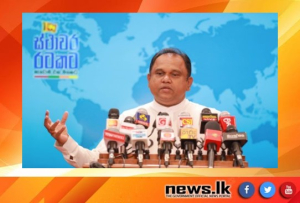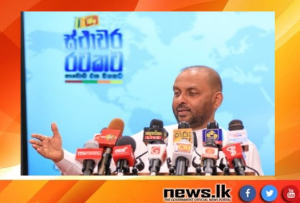Prabhath
A few showers may occur in North-western province
June 24, 2023GENERAL WEATHER FORECAST FOR NEXT 36 HOURS
Efforts Underway to Protect Consumer Rights and Crack Down on Non-Compliant Food Manufacturers
President sets ambitious timeline for Sri Lanka's debt restructuring and reconciliation efforts
June 23, 2023 Advances reconciliation efforts and achieves milestones in Tamil areas
An export agricultural economy being created under the President's agricultural modernization program
June 22, 2023 • The farmer who ventured from the fields to the "Aragalaya" has returned to the farmlands, making valuable contributions to the country's agricultural production.
- Minister of Agriculture Mahinda Amaraweera























